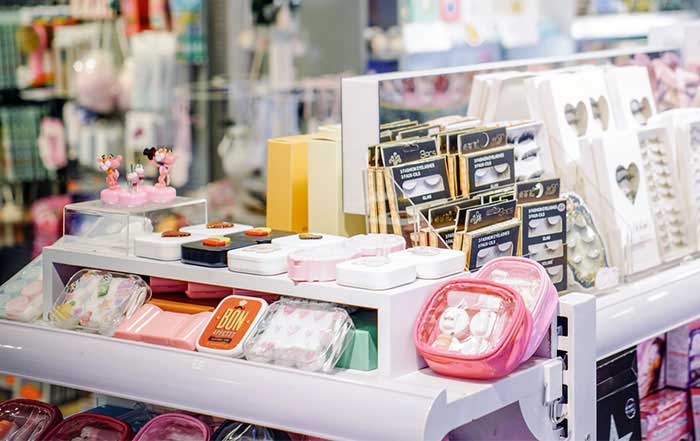The beauty industry has witnessed a significant transformation over the years, driven by changing consumer preferences and technological advancements. Two markets that have garnered substantial attention are the global beauty industry and the Korean beauty (K-beauty) market. The global beauty industry is a behemoth, with a projected value of $670.8 billion in 2024, representing a 9% annual growth. This growth is attributed to the increasing demand for personal care products, driven by the COVID-19 pandemic which led to a surge in self-care routines. The United States is the leading market, with a value of $128.9 billion in 2023, expected to reach $135.7 billion in 2024, reflecting a 5% growth. China, despite growing at lower rates compared to the pre-pandemic period, remains the second-largest market, characterized by dynamic trends and consumer behavior changes.
Korean Beauty (K-beauty) Market Statistics
The K-beauty market, on the other hand, has experienced remarkable growth, driven by the popularity of Korean skincare routines and the influence of K-pop and K-dramas. The global K-beauty product market is estimated to be valued at $10,875.7 million in 2024 and is expected to rise to $19,293.7 million by 2034, with a CAGR of 5.90%. This growth is attributed to the increasing adoption of K-beauty products globally, particularly in regions like North America and Europe, where consumers are drawn to the unique formulations and natural ingredients used in K-beauty products.
Key Drivers of the K-beauty Market
Several factors contribute to the growth of the K-beauty market. One of the primary drivers is the multi-step skincare routine popularized by Korean beauty standards. This routine emphasizes hydration, gentle exfoliation, and targeted treatments, which has captivated beauty enthusiasts worldwide. The use of natural ingredients such as snail mucin, propolis, and Cica has also been a significant factor in the market's growth, as these ingredients are perceived as safe and effective. Additionally, the influence of K-pop and K-dramas has played a crucial role in promoting K-beauty products globally, making them a staple in many beauty routines.
Best Selling Skincare Brands in Korea in 2024
Several Korean skincare brands have gained significant traction in recent years, driven by their innovative formulations and effective marketing strategies. Some of the notable brands include:
- COSRX: Known for its unique composition consisting of snail mucin, propolis, and Cica, COSRX has been gaining popularity for its hydrating and soothing properties.
- Soko Glam: Founded by Charlotte Cho, Soko Glam has become a go-to platform for K-beauty products, offering a wide range of skincare essentials that cater to various skin types and concerns.
- Then I Met You: This brand is recognized for its luxurious oil cleansers and essences, which have become staples in many K-beauty routines.
- Hanyul: Known for its high-powered, lightweight moisturizers that soothe sensitive skin and leave a glass-skin finish, Hanyul is a favorite among K-beauty enthusiasts.
Global vs Korean Beauty Industry Market Comparison
While the global beauty industry is larger in terms of overall value, the K-beauty market is growing at a faster rate. The global beauty industry's growth is driven by a broader range of products including makeup, haircare, and fragrances, whereas the K-beauty market is primarily focused on skincare products. The K-beauty market's emphasis on natural ingredients and multi-step skincare routines has resonated with consumers globally, contributing to its rapid expansion.
In conclusion, both the global beauty industry and the K-beauty market are experiencing significant growth, driven by different factors. The global beauty industry's growth is broad-based, influenced by a wide range of personal care products, while the K-beauty market's growth is more specialized, driven by the popularity of Korean skincare routines and natural ingredients. As consumers continue to seek effective and natural skincare solutions, the K-beauty market is poised to continue its upward trajectory, potentially challenging the dominance of the global beauty industry in the future.
The future of both markets looks promising, with ongoing innovations in product formulations and marketing strategies. The global beauty industry will continue to expand, driven by emerging markets and technological advancements. The K-beauty market, on the other hand, will likely continue to grow rapidly, driven by its unique selling proposition of natural ingredients and effective skincare routines. As the beauty industry continues to evolve, it will be interesting to see how these two markets interact and influence each other in the years to come.

